Barbarians, the raging thunderbolts of the battlefield, are brutal cascades of damage and durability at every level. A Barbarian’s primal path is just as important to their development as every stack of rage or every swing of Reckless Attack. To ignore the Barbarian’s Primal Path is to doom it to a lackluster existence. If you’re wondering which Primal Path is the best, then listen well. We have a tale for you.
Primal Paths are the Barbarian’s subclass upgrade, unlocked at level three. Primal Paths grants the Barbarian abilities at levels three, six, 10, and 14. The third level ability tends to influence how Rage functions, while the other abilities range from bonuses to damage, utility, or durability.
All playable Barbarian Primal Paths in 5E
There are nine Primal Paths officially released in 5E, including the Path of the Giant from “Bigby Presents: Glory of the Giants.” These archetypes have various abilities and traits, but most of them follow the same goal: make the Barbarian’s Rage more effective by improving the Barbarian’s damage and durability.
All but one Barbarian Primal Path is potent and useful in some way. Just because a Primal Path is low on the list does not mean it doesn’t have utility in other ways. But high-ranking archetypes do things that lower-tier archetypes can’t, and usually provide higher quality bonuses in general.
9) Path of the Berserker
The most traditional Barbarian is the worst Barbarian. Fancy that.
- Role: Melee damage, control
- Notable Features: Frenzy
The Path of the Berserker is one of the few archetypes in Dungeons & Dragons 5E that is legitimately not fun to play. Its main gimmick is its ability to enter a Frenzy, a special type of rage during which the Barbarian can swing its weapon as a bonus action. This is a very powerful ability, as Barbarians do not have traditionally strong bonus actions.
After a Frenzy, however, the Barbarian suffers a level of exhaustion. This is absurdly bad. Exhaustion is a permanent debuff that is only removed with rest or investment of gold into a Restoration spell. Within two levels of exhaustion, your Barbarian has halved their speed until they do a long rest. With three, they have disadvantage on everything they know and love. And long rests reduce Exhaustion by one. Just one. So you get to enter that Frenzy once per day, and even that’s not a great idea.
The other abilities of a Berserker are okay. You can become immune to charmed or frightened and can frighten others as an action. Eventually, you can swing at people who hurt you.
Do yourself a favor and never choose this archetype. Unless it’s the version in Baldur’s Gate 3. That version is dope.
8) Path of the Battlerager
Now that we’ve gotten past the archetype that makes me angry, let’s do one that makes Dwarves angry.
- Role: Melee damage, tank
- Notable Features: Battlerager Armor, Battlerager Charge
This dwarf-locked Barbarian is the most boring archetype in the class. Yes, even more boring than Berzerker. It allows you to use Spiked Armor as a weapon and attack as a bonus action. Only while raging, mind you.
That’s kind of it. You get a very small number of temporary hitpoints on Reckless Attacks at level six, can dash as a bonus action at level 10, and can reciprocate melee damage dealt with three whole piercing damage at level 14. All of these while raging.
It’s certainly better than nothing. But locking yourself into rare and weak armor for the sake of swinging with it as a bonus action isn’t worth the lackluster class features. Dwarves deserve better. Like the Path of the Giant.
7) Path of the Zealot
See that Paladin over there? Tell him he’s useless. It’s not like he can kill you or anything.
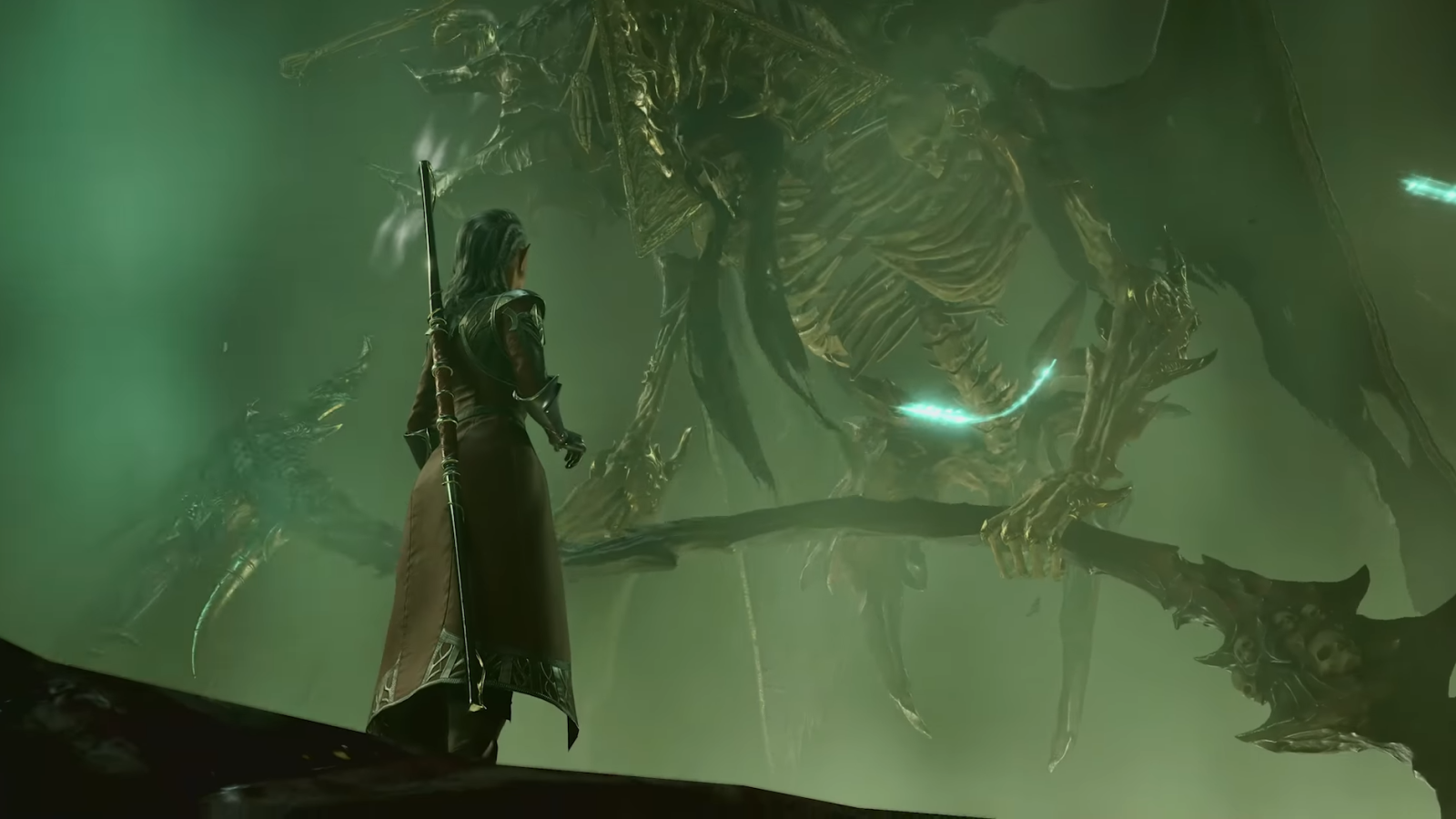
- Role: Melee damage, tank
- Notable Features: Divine Fury, Warrior of the Gods, Rage Beyond Death
The Zealot is one of the most fun archetypes on this list, but that doesn’t make it immune to criticism. The only damage you get from this is Divine Fury, a pseudo-smite where, once per turn, you deal 1d6 plus half Barbarian level to a target. This isn’t no damage, but it rounds up to 4-13 damage on average. Not exactly incredible.
The rest of your features are here to prevent you from dying. You are less expensive to use resurrect, you can reroll saving throws, buff party members for a turn, and keep yourself alive during your rage.
You see, it’s not a bad archetype. It does okay damage and has a ton of defensive features. But if your main gimmick is to desperately cling onto the edge of death, and are reliant on Rage—the game’s best defensive ability—to do so, then maybe you could have prevented your death with a better choice of subclass.
6) Path of Wild Magic
Barbarians are known to get a bit wild from time to time.
- Role: Melee damage, support, tank
- Notable Features: Wild Surge, Bolstering Magic
The Wild Magic Barbarian in the tabletop isn’t too terribly awful, even though we dislike it in Baldur’s Gate 3. Its main gimmick is, that once it enters a Rage, you roll a d8 and a random event occurs. This event can be an area-of-effect, a teleport, a bonus to AC, or many more. These are all positive and can never hurt your allies, unlike the brutal Wild Magic Sorcerer’s default table, so your Rage will always be effective immediately.
Then, as it levels, it actually becomes a potent magic support. It can restore spell slots, provide a small Bardic Inspiration-like effect that lasts for quite a while, and eventually roll twice on the Wild Magic table and take your favorite result.
It’s a surprisingly effective and unique supportive tank. The only issue with it is that, sometimes, it is nice to know exactly what you are getting out of a rage. You might be praying for the Teleport only to get the exploding spirit option.
So, it doesn’t make it too far down our list, but it is much safer to try than Wild Magic Sorcerer. And just as fun to try as anything lower than it.
5) Path of the Beast
Letting the inner animal within you out can become dangerously literal in a tabletop RPG.
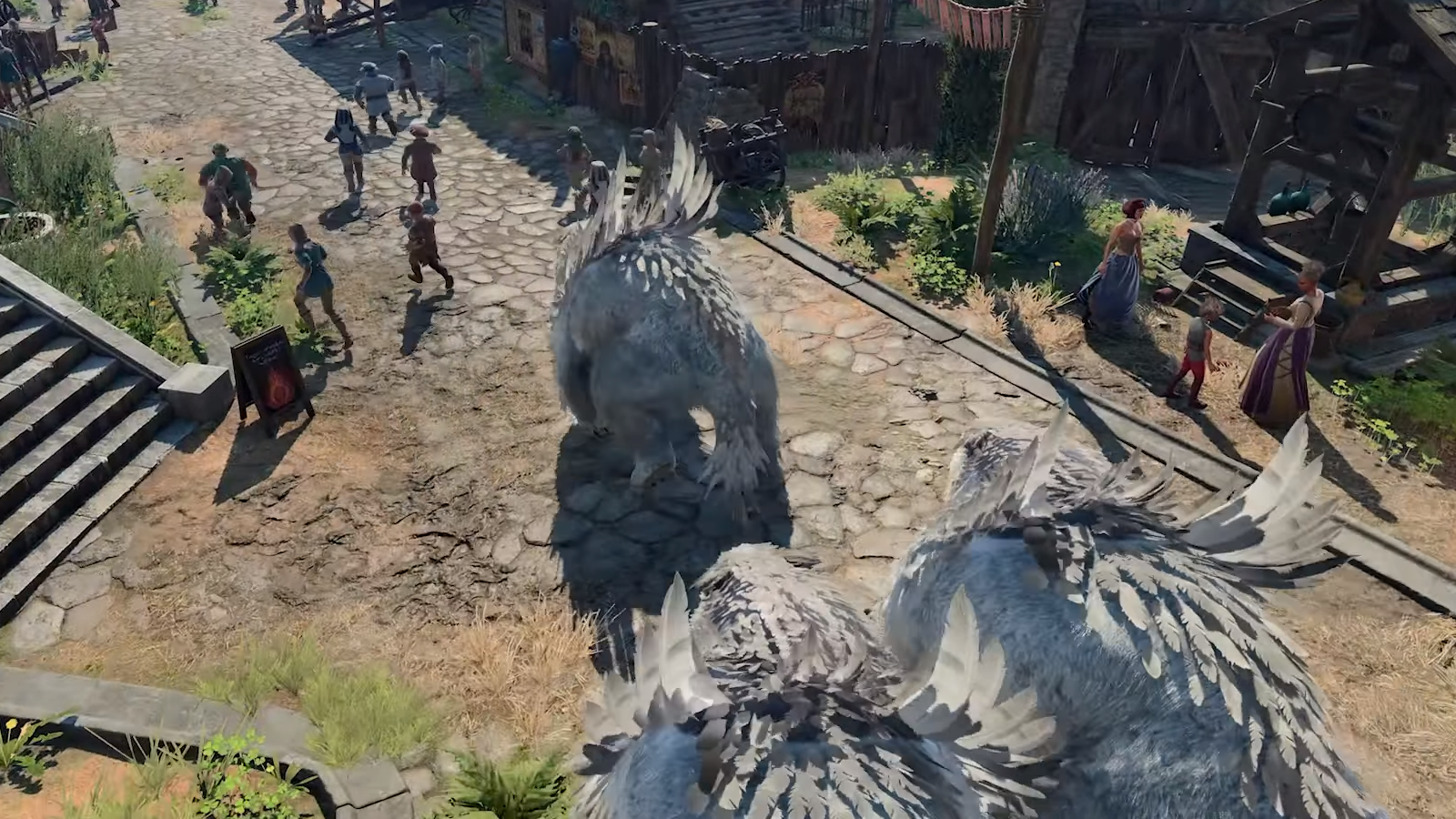
- Role: Melee damage, utility
- Notable Features: Form of the Beast, Infectious Fury
The Beast Primal Path is extremely strange and often difficult to make use of. To start, you gain a natural attack simple weapon. This can be a healing Bite, a two-attack Claw, or an AC-on-reaction Tail. Then, as you level up, you can gain access to different speed types, deal additional damage during your raging attacks or cause your enemies to fight amongst each other, and then even buff your allies with bonuses on attack rolls.
The Path of the Beast’s oddity comes from its natural attacks. There aren’t many magical items that strictly buff unarmed attacks—mainly options like the Eldritch Claw Tattoo, which gives a plus-one to attack and damage—so it can be hard for this build to keep up with damage.
But the utility of its natural attacks and potency of options like Bestial Soul and Infectious Fury make it worthwhile, if you are willing to use a Greataxe and Tail build. You can do very high damage while keeping yourself safe, using your natural attacks to spread your Infectious Fury.
Because of a lack of magic item support, we can’t say it’s the best option. But it is good.
4) Path of the Giant
The newest of the official subclasses is, of course, one of the best.
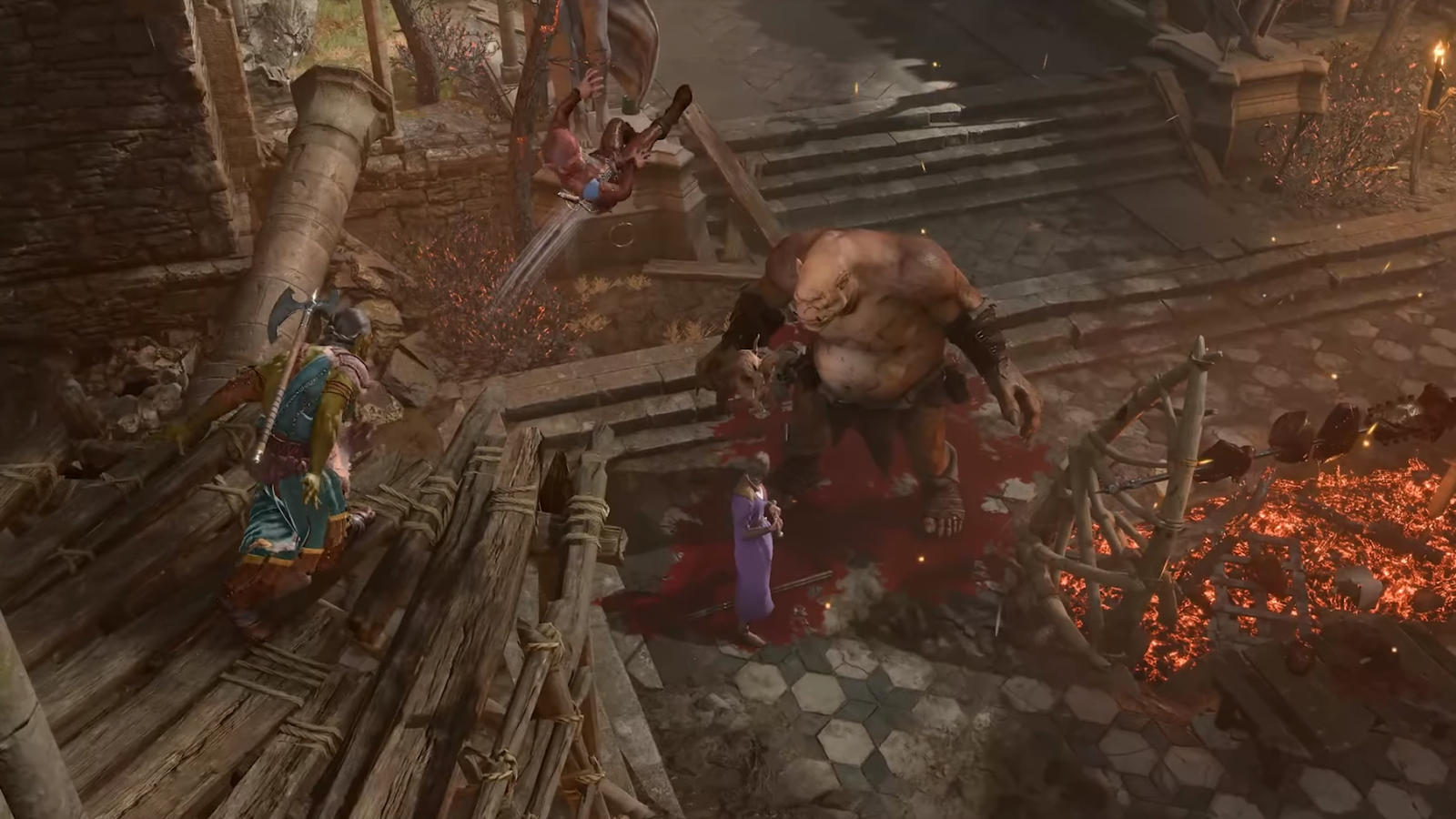
- Role: Ranged damage, combat control
- Notable Features: Giant’s Havoc, Elemental Cleaver, Mighty Impel
The Giant Path Barbarian has thrown weapon support, and I couldn’t be more excited. At level three, you can add your Rage damage to thrown weapons. You also become larger, which can help clog hallways.
At level six, however, no matter what weapon you wield, you can throw it while you’re raging. This is great fun, letting you hurl around greatswords like they’re nothing. They automatically reappear in your hand, deal elemental damage with bonus damage on top, and can swap elemental damages as a bonus action.
As you level up, you grow bigger and deal even more elemental damage. But at level 10, you can also just throw your friends and enemies around like little toys. This can cause foes to take falling damage or let you bring Medium-sized allies to the front of the battlefield. This ability has a lot of potential to mess with combat arenas, and we couldn’t be happier.
The only knock against this subclass is a lack of durability access to compensate for your larger body. But that’s completely fine. This is an archetype better suited for damage, after all.
3) Path of the Storm Herald
By the power of natural disasters, protect my allies.

- Role: Melee damage, control
- Notable Features: Storm Aura, Raging Storm
The main gimmick of the Storm Herald is your Aura. Whenever you’re raging, you get a 10-foot aura around you of either Desert, Sea, or Tundra. While the aura is active, you either deal damage or give temporary hitpoints to allies within the aura. This lets the Storm Herald be modal depending on your party composition; protect your Rogue or Monk from danger, or deal as much damage as possible while you’re raging.
As you level up, the storm becomes more powerful, giving you some resistance to elemental damage types and protecting you from harsh weather. You can spread that protection to allies while you rage and, eventually, gain a unique way to influence the battlefield through your level 14 Raging Storm.
This archetype is fantastic, as it finally gives a Barbarian Archetype a great way to spend a bonus action every round; Desert’s damage is small, but guaranteed, while Sea’s damage is targeted but rolls multiple dice. Tundra also offers a party of melee combatants a great way to gain temporary health every single turn, turning the Barbarian into a health printer.
This is a seriously strong archetype for Barbarians looking to deal solid damage every turn that they rage.
2) Path of the Ancestral Guardian
If you want your party to stay alive whenever you pop a Rage, this archetype has you covered.
- Role: Tank
- Notable Features: Ancestral Protectors, Spirit Shield
The Path of the Ancestral Guardian is the primo tank option for the Barbarian. To start, when you rage and hit an enemy, they are basically not allowed to attack anyone except you for the rest of the turn. If they attack anyone else, they do it at disadvantage, and the target gets resistance to the attack. That boss seems a lot less scary now.
Let’s say that they slip past you. Well, at level six, you can provide a 2d6 damage reduction every single turn that improves to 4d6 over the course of your Barbarian career. At level 14, that damage reduction also turns into 4d6 guaranteed Force damage that is on a reaction. Not exactly game-breaking, but free damage is free.
Level 10 is a bit of a weird level where you learn augury or clairvoyance once per short rest. That’s nice for information. Not your job, but nice nonetheless.
1) Path of the Totem Warrior
Somehow, a “Player’s Handbook” subclass made it to No. 1. But I bet some of you already know why.
- Role: Tank
- Notable Features: Totem Spirit, Totemic Attunement
The Totem Warrior, despite so many classes standing to duel with it, provides one thing that no other Barbarian can boast: Resistance to all damage (except Psychic) during a rage. This takes the Barbarian’s only weakness—damage from spells—and negates it. Unless your foes are throwing psychic damage around, the Bear Totem Barbarian can handle anything just fine.
Alternatively, you can choose from four other Totem Spirit options that improve your mobility or support your friends. This archetype is fully modular, allowing for powerful mix-matched abilities that fit specific campaigns.
Then, as you level, this is one of the few Barbarians with legitimately unique out-of-combat options. From the Eagle’s one-mile eyesight to the Tiger’s free skill proficiencies, you’re going to be somewhat useful outside of fights. Not something every Barbarian gets to hear.
It’s simple but strong. And at level 14, you even get a consistent bonus action with the Elk, Tiger, or Wolf.
It’s going to be hard to ever match the strength of the Totem Warrior, in terms of Barbarian subclasses which improve rages. But we’ve gotten close.


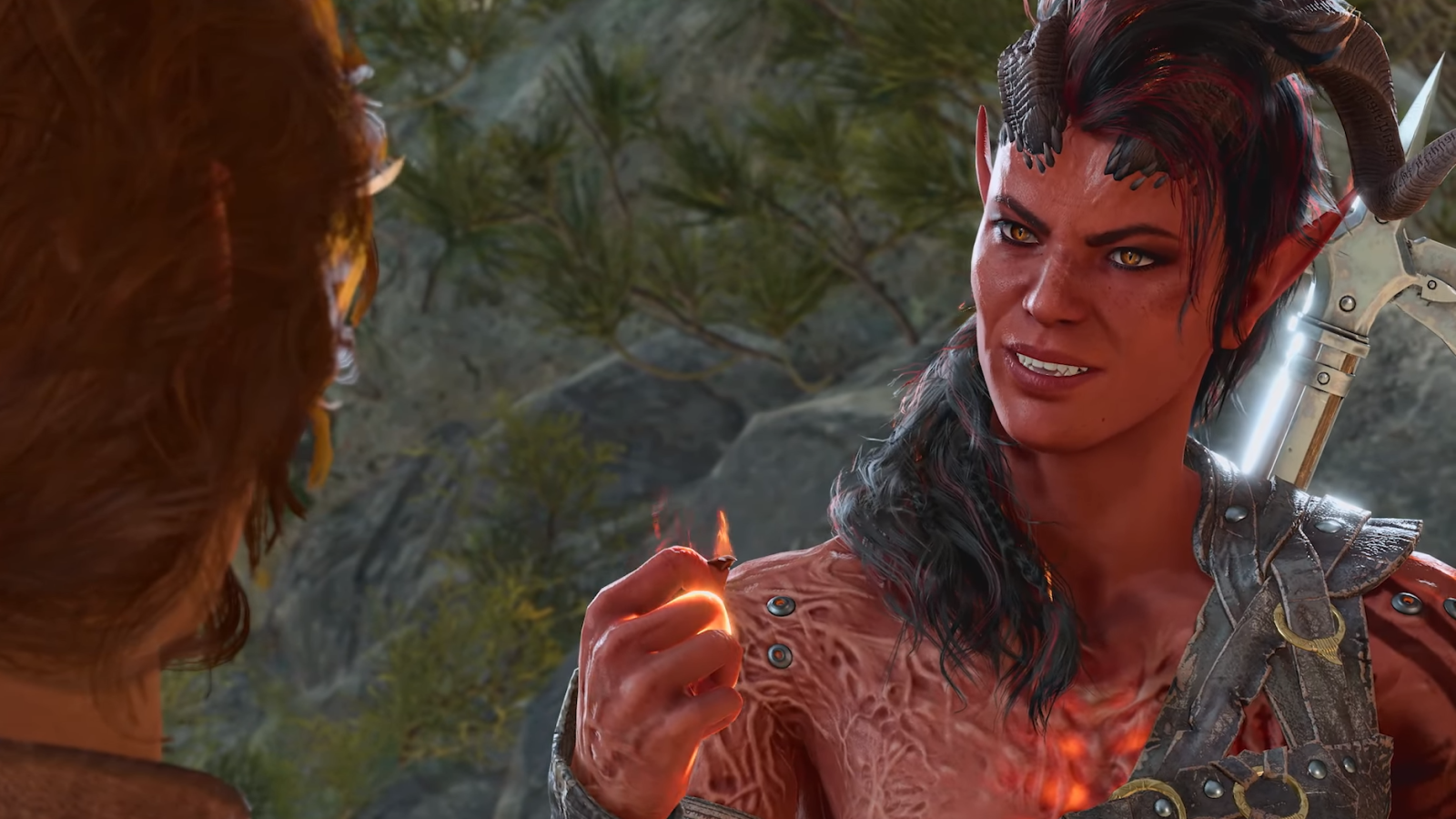
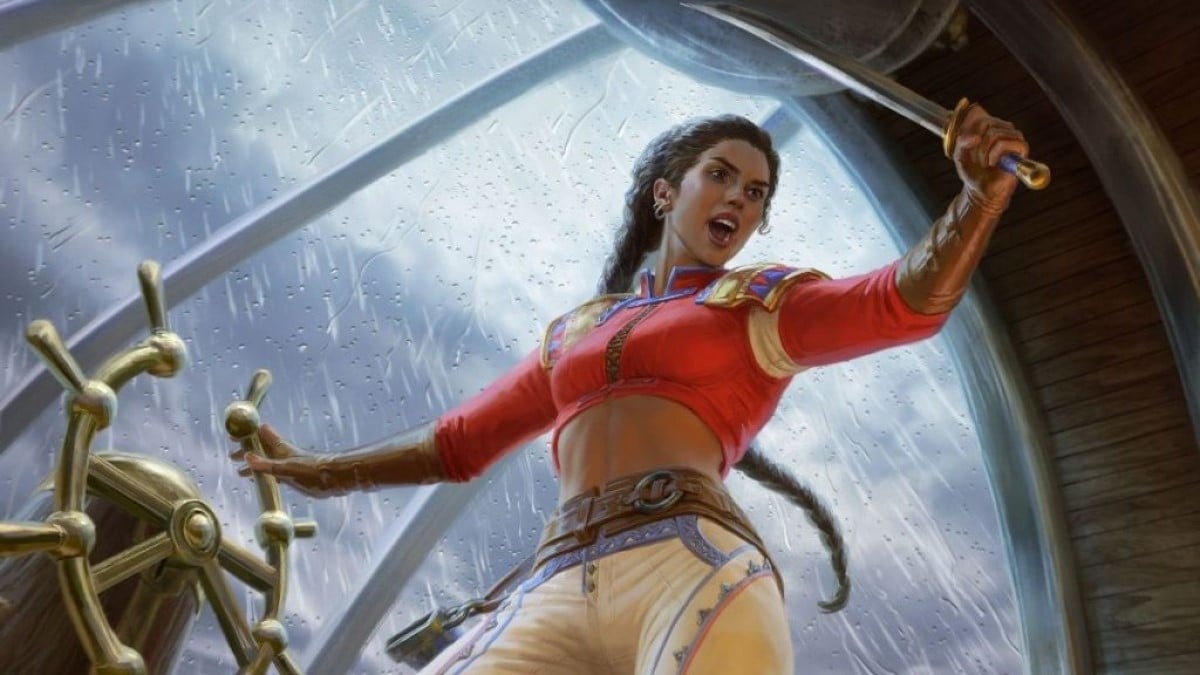

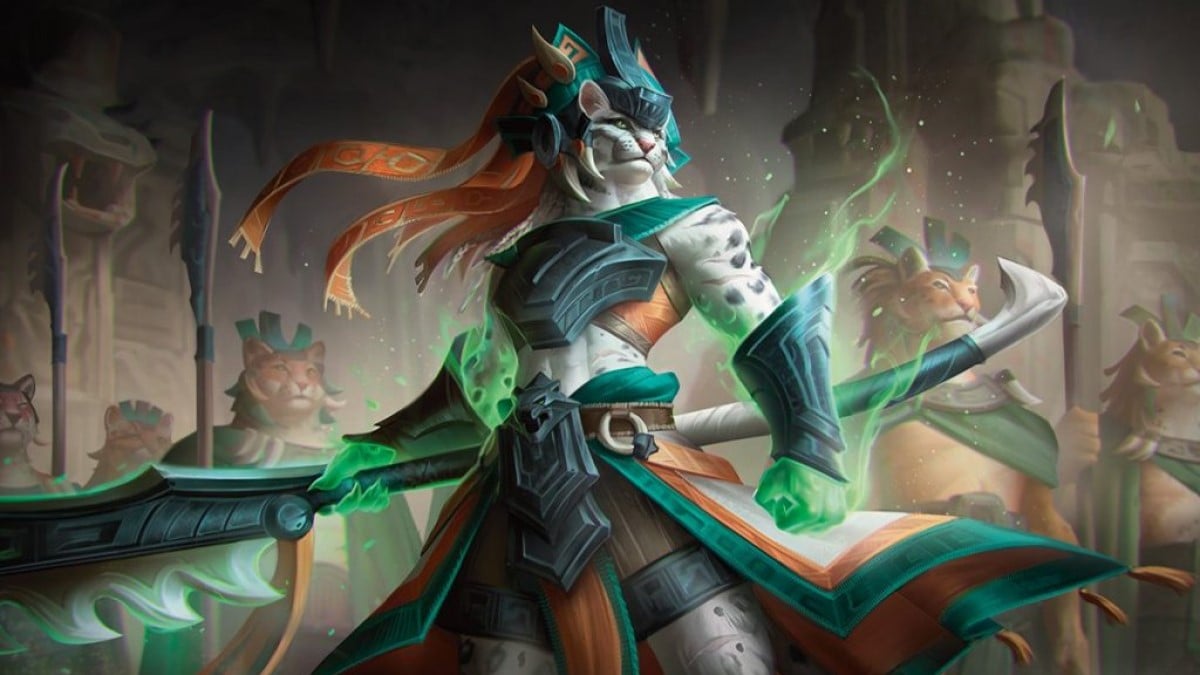
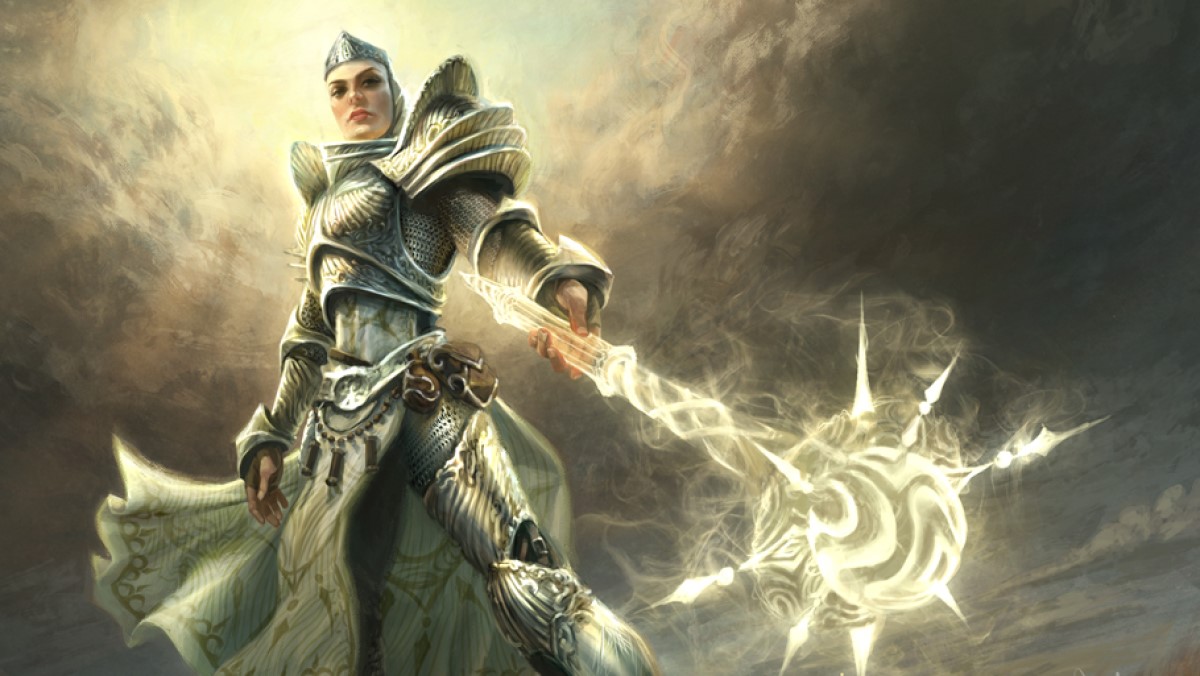

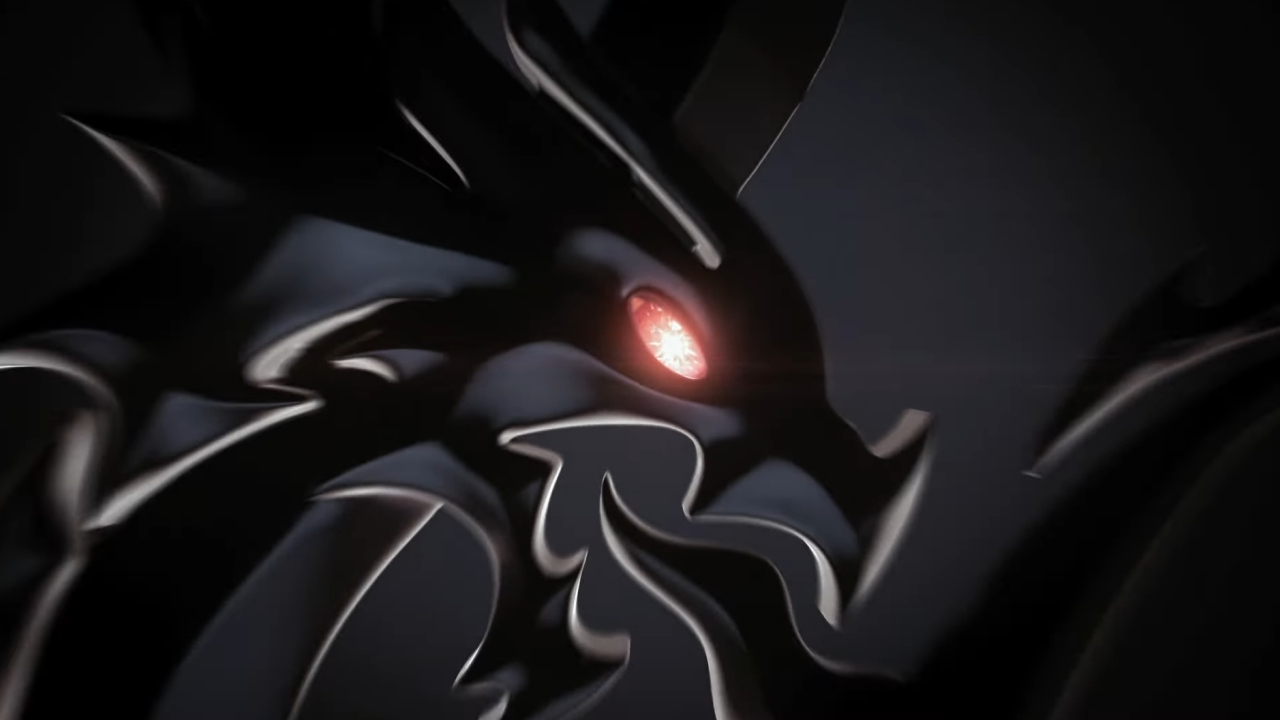
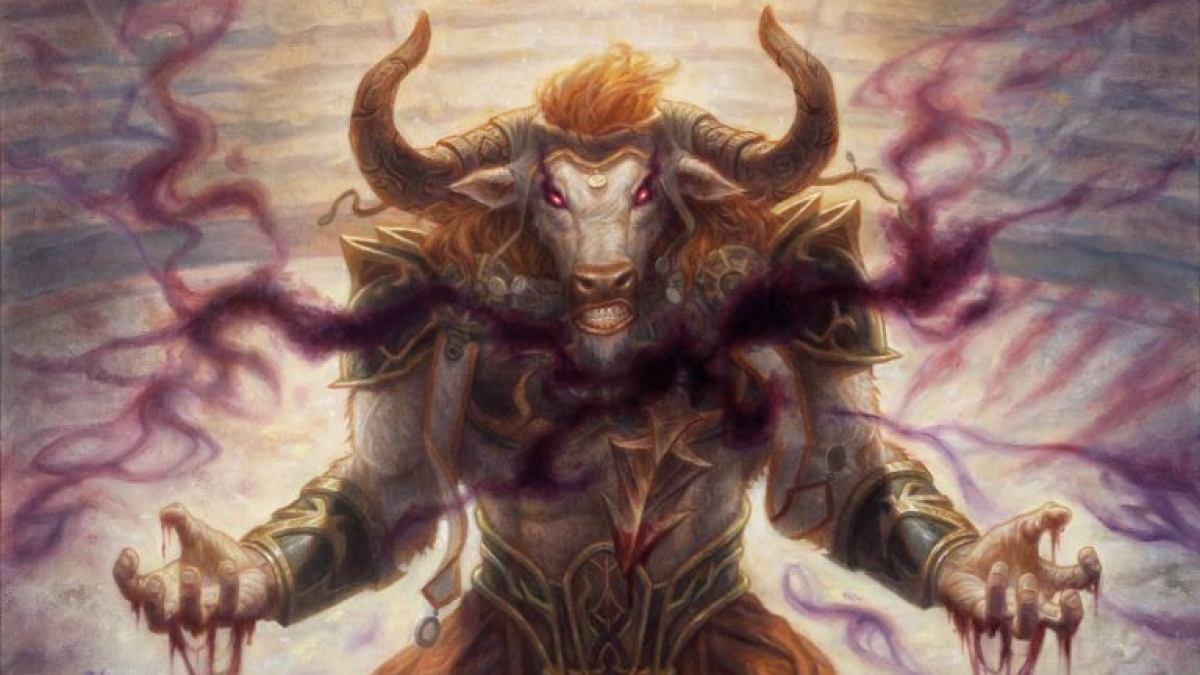
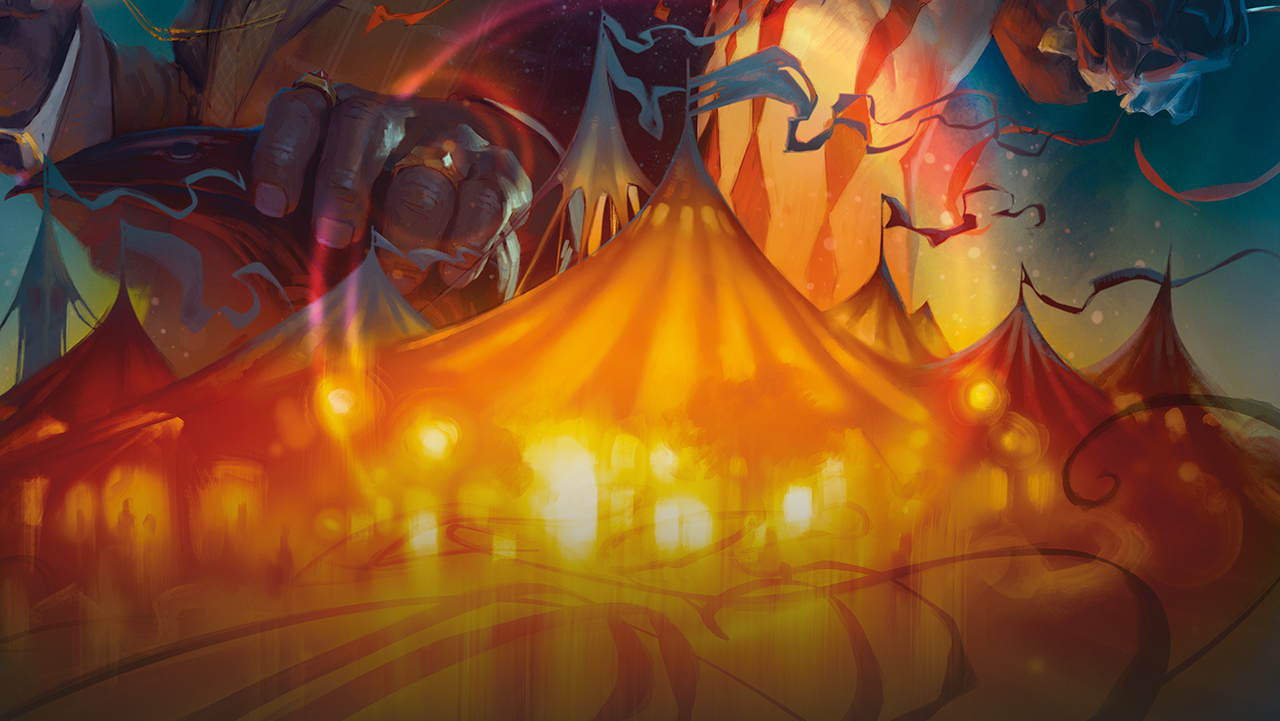
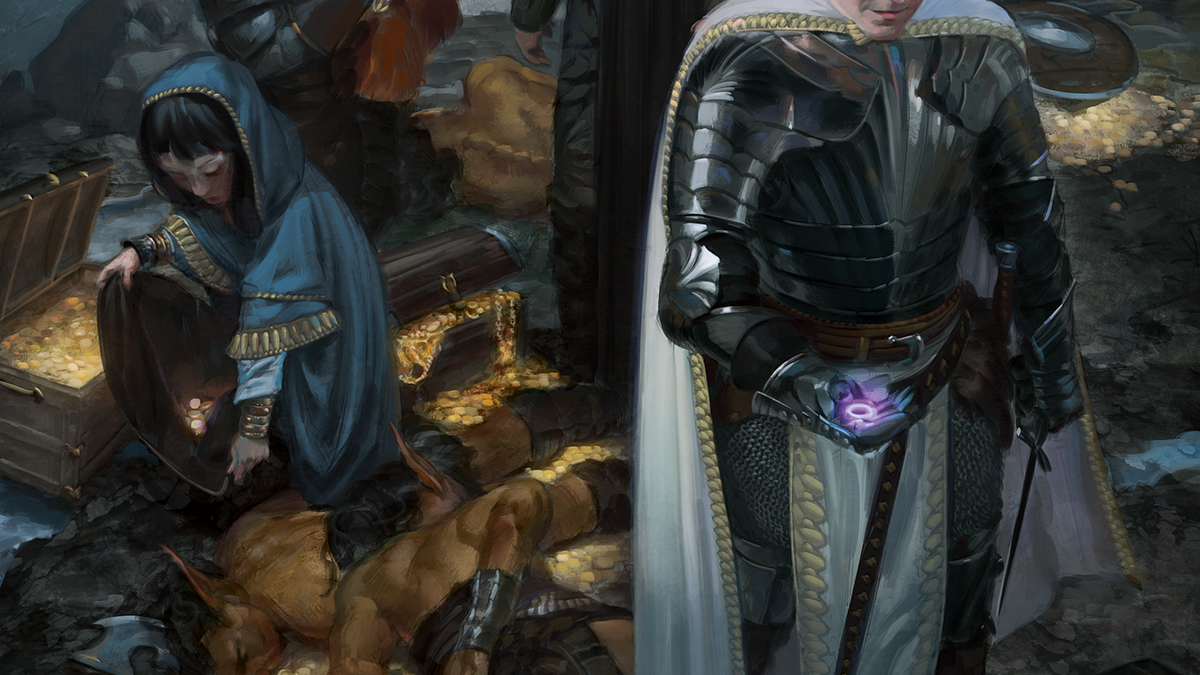
Published: Sep 6, 2023 02:37 am